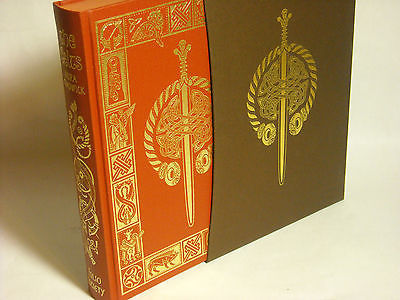What do you think?
Rate this book


317 pages, Hardcover
First published January 1, 1970
Among the ancient southern civilizations with their written documents, all individual experience, whether practical or intellectual, could quickly be pooled so as to become the common property of the community, whereas among the illiterate Celtic people experience was exchanged orally, and in certain aspects may have been fragmented. Writing has become so integral a part of modern civilization that it is difficult to remember that it is a comparatively recent acquisition, and originally very restricted in area. The Celtic peoples did not acquire it till the fifth century A.D., and to transmit their traditions and to give permanence to their thoughts they depended on the spoken word. (p. 43)